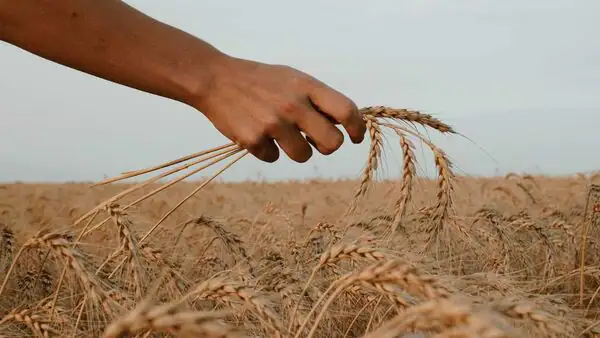Description

Copyright infringement not intended
Picture Courtesy: www.livemint.com
Context: Wheat prices peaked at $13.64 a bushel in March 2022 post-Russia-Ukraine conflict, sharply dropping to $5.75, while rice prices surged, causing the UN Food and Agriculture Organization's Food Price Index to decline from its peak of 159.7 points in March 2022 to 120.6 points in October 2023.
Details
Wheat Prices
- Russia has flooded the global market with cheap wheat, contributing to a significant drop in wheat prices.
- The decline in wheat prices is reflected in international indices, with the cereals and vegetable oils price indices falling sharply between March 2022 and October 2023.
- Russia's aggressive wheat exports have played a key role in reducing international wheat prices. The US, EU, Canada, and Kazakhstan have also increased their wheat exports, contributing to improved global availability.
- Wheat from Russia is being imported to India at a cost that is economically viable, leading to a decline in domestic wheat prices.
- The Indian government has managed wheat stocks well, adjusting public distribution system (PDS) quotas and engaging in open market sales to stabilize prices.

Rice Prices
- India, as the world's leading exporter of rice, holds a significant position in the global rice market, with a share ranging from 36.6% to 40.7% in the last three years.
- India has imposed restrictions on rice exports, banning white non-basmati rice exports and setting minimum export prices and duties on basmati and parboiled non-basmati rice.
- These export restrictions have led to higher global rice prices, benefiting competitors like Pakistan, which is expected to increase its rice exports.
- Similar to other large exporters in different commodities, disruptions in rice exports from India can lead to a domino effect, affecting global prices.
Inflation Implications
- In India, cereal inflation, including rice and wheat, has been affected by domestic production levels. The article notes that cereal inflation was higher than general retail inflation in October.
- Importing wheat to mitigate rising prices may face opposition due to electoral considerations in India, with national elections scheduled in April-May 2024.
- Unlike cereals, edible oils, which India imports substantially, experienced a decline in prices due to the normalization of supplies from key exporters.
- The trajectory of cereal inflation in India will depend on the size of crops harvested by Indian farmers.

Conclusion
- The contrasting trends in wheat and rice prices are influenced by global dynamics, export policies of major players like Russia and India, and domestic factors such as production levels and government interventions. The implications for inflation vary across commodities, with electoral considerations adding a layer of complexity to policy decisions.
Must Read Articles:
Food Security in India: https://www.iasgyan.in/daily-current-affairs/food-security-in-india
|
PRACTICE QUESTION
Q. How is the Indian government addressing the challenges of food security, and what initiatives or policies are in place to ensure a sustainable and sufficient food supply for the diverse population of the country?
|













